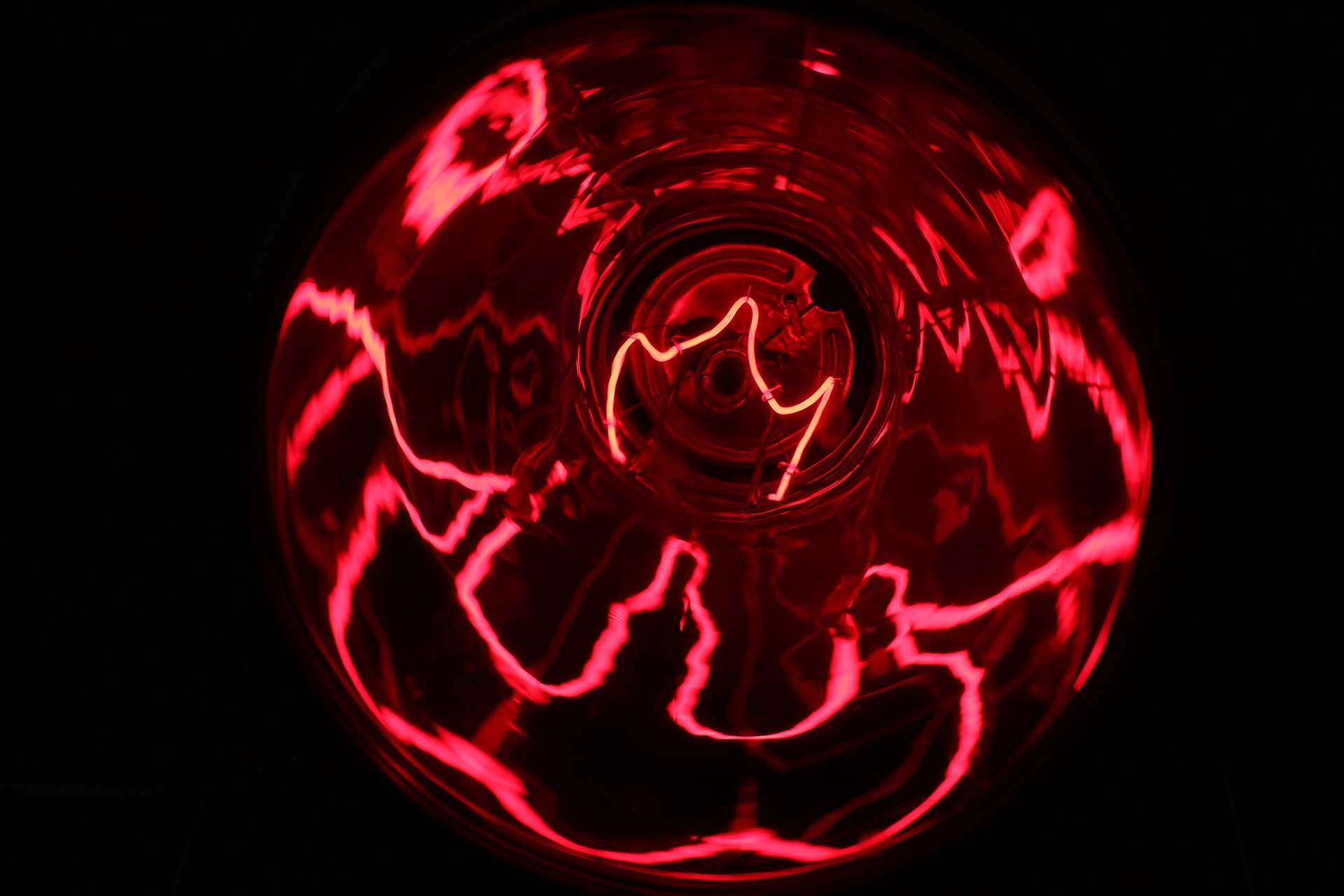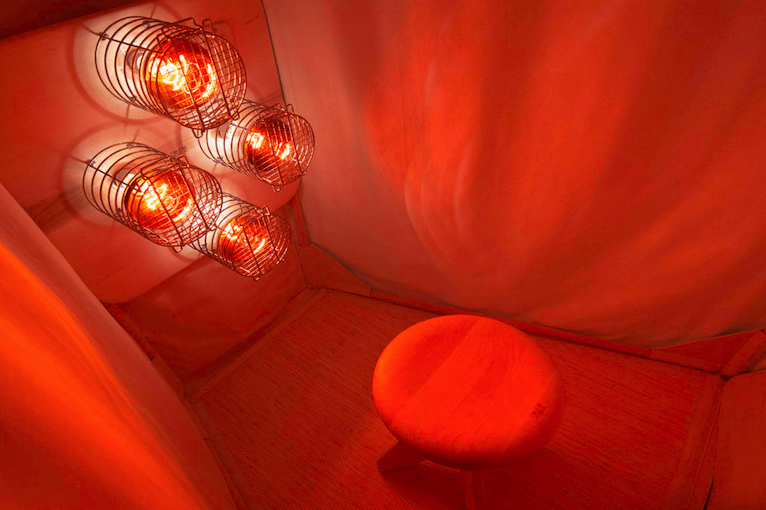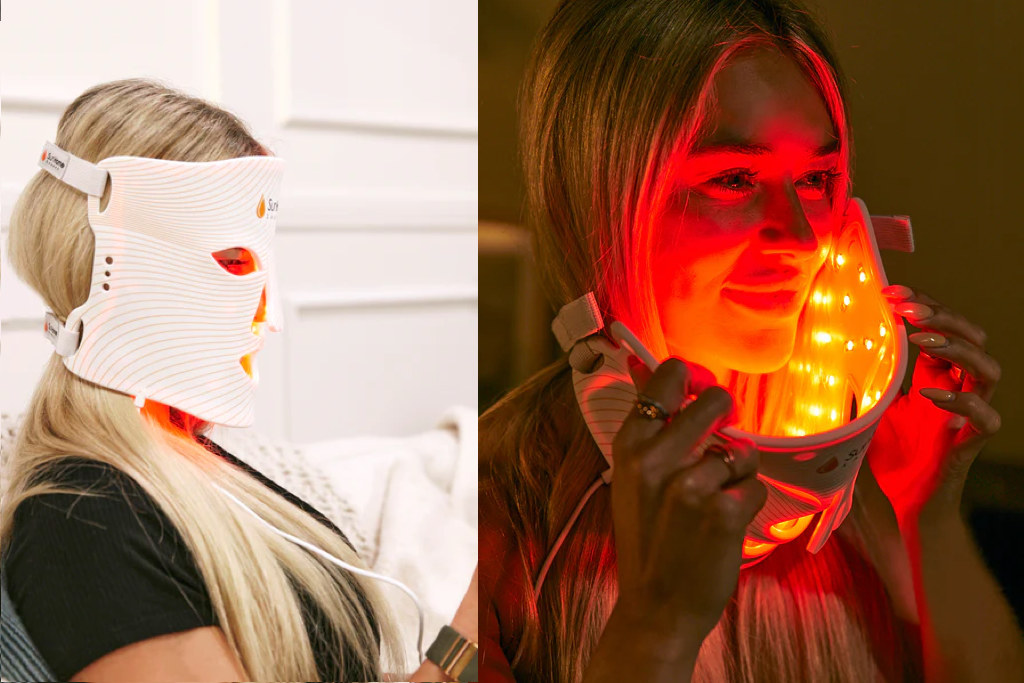- HOME
- Infrared Sauna Benefits
- Red Light Therapy
What Is Red Light Therapy?
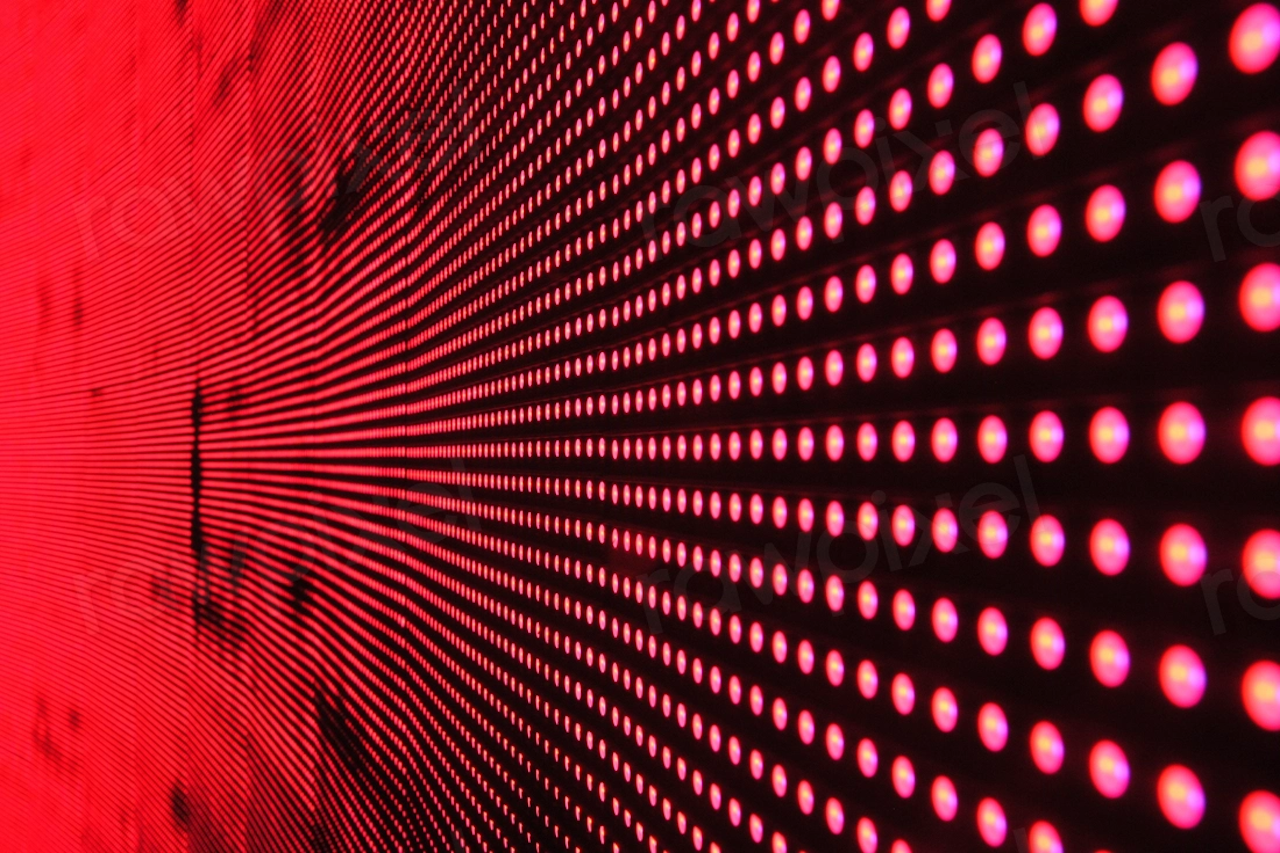
With the global market projected to reach $1 billion by 2026, the wide appeal of Red Light Therapy is undeniable. What exactly is Red Light Therapy, why is everyone talking about it, and what are its benefits for wellness and healing?
In this article, we'll discuss the history of RLT, the science behind this very specific type of light therapy, its, and the research into its advantages for overall health and vitality.
A Brief history
In the 17th century, Isaac Newton's groundbreaking work shed light on the spectrum of colors, including red. It took until the 1960s when Nick Holonyak Jr. (US) innovated the first practical LED, enhancing the ability to use specific light wavelengths.
This technology crossed continents to Eastern Europe, where researchers began experimenting with this new technology to develop treatments for pain and arthritis. The Hungarian physician Endre Mester conducted fundamental experiments. He then used this emerging technology to study red light's effects on skin healing, and pioneered the therapeutic practice we know today as Red Light Therapy.
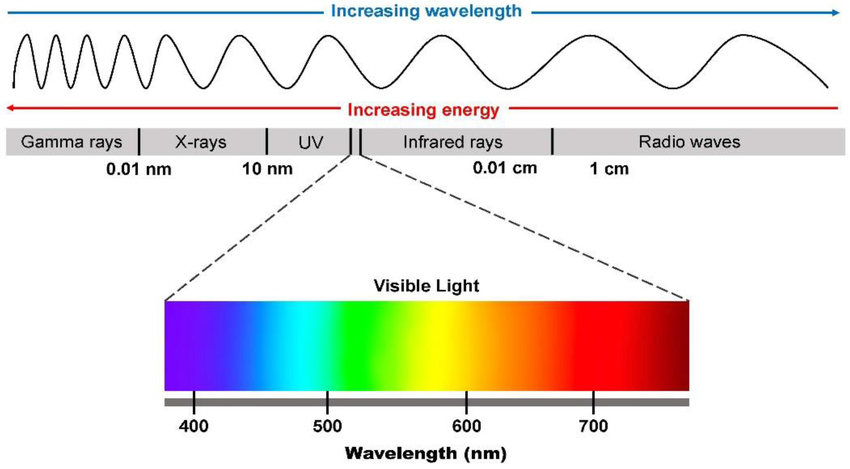
Red Light: The Longest Wavelength in the visible Spectrum
In the vibrant canvas of the visible spectrum, red light is the longest visible wavelength, spanning from 625 to 700 nanometers. Compare this to the invisible infrared sauna radiation, with wavelengths from 700 to 1300 nanometers for near infrared rays to far infrared's 3000 to12000 nanometers.
This remarkable distinction not only makes it the champion of length among colors but also unveils its hidden prowess to influence biological processes beneath the skin's surface. Red light's low frequency, ranging from 400 to 480 terahertz, adds depth to its character, creating a unique blend of visibility and healing potential.
The natural red light from the sun influence the health and appearance of your skin. This seemingly gentle light possesses the remarkable ability to engage with your body's cells at the cellular level, akin to the action of far infrared saunas.
It assumes a vital role in triggering collagen production, improving blood circulation, and diminishing inflammation within your skin cells. While the sun's red light is important to maintain a healthy skin, we all know to guard against excessive sun exposure, and use proper skin protection.
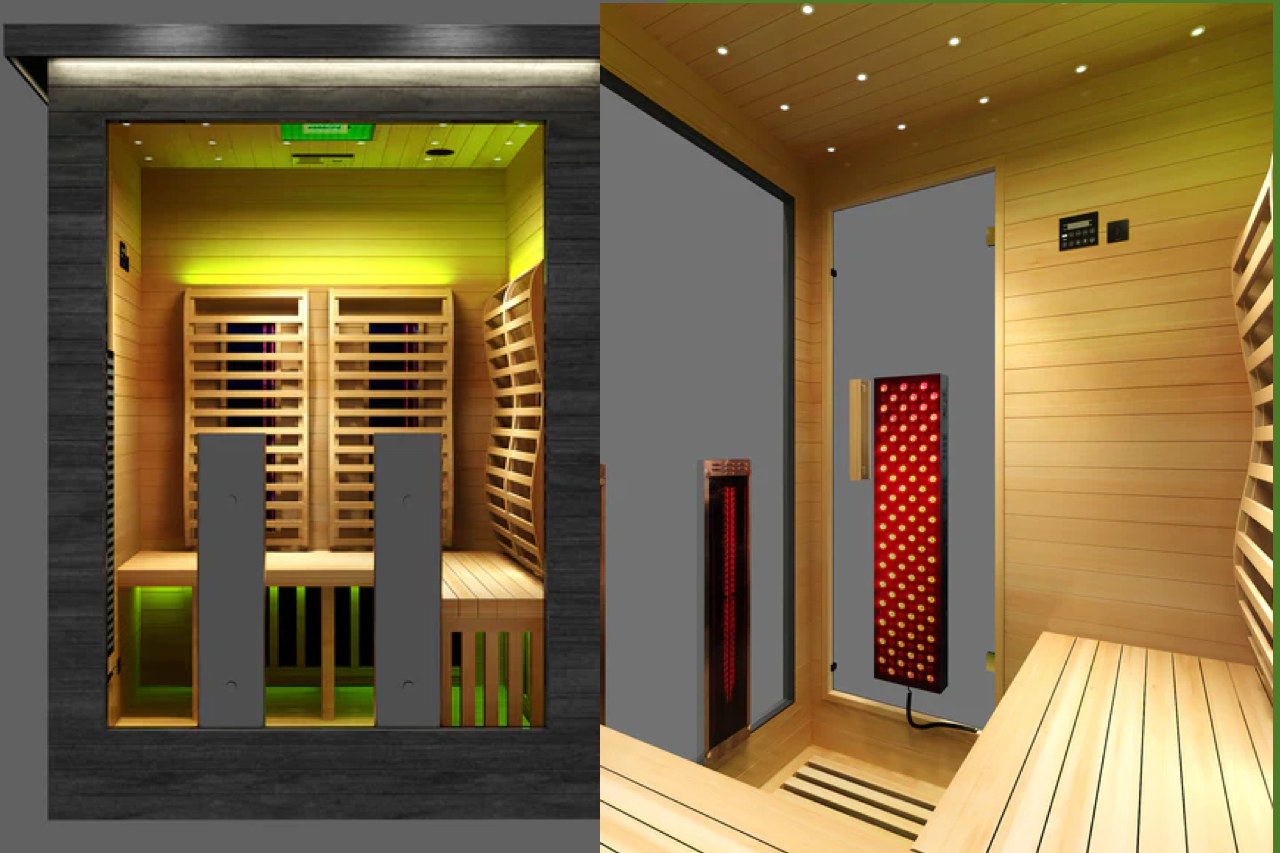
The Sun Home Full Spectrum Sauna includes Red Light Therapy
Red Light effects on human body
Let's have a closer look at what happens in our body when those red lights hit our skin:
Energizing Your Cells
Red light has a remarkable superpower—it can make your cells, especially the energy-making ones called mitochondria, more lively. Think of these mitochondria as your cells' power plants.
The red light activates substances in body cells called “chromophores” that absorb light. This stimulates the mitochondria, the energy factories in our cells. When they catch some red light, they get all charged up, as if they had an energy drink. This boosts their production of ATP (adenosine triphosphate), which is like their special fuel.
Boosting Cell Performance
Red light is like a shot of espresso for your cells. It gives them more energy, and when your cells have more energy, they can do their jobs better. Your cells become champions at fixing and regenerating skin cells, making your skin look smoother and younger.
Encouraging Healthy Skin Building
Red light tells your skin cells to create two important things: collagen and elastin. Collagen and elastin are like the building blocks that keep your skin strong and stretchy, like a rubber band. They help your skin stay firm and flexible.
Boosting Blood Flow
Think of red light as a traffic controller for your blood. It makes sure more blood flows to the treated area, like opening up a road. This increased blood flow brings important stuff like nutrients and oxygen to your skin. It's like delivering all the good things your skin needs to stay healthy and refreshed.
Easing Redness and Swelling
Red light also fights inflammation, which is like redness and swelling in your skin. It's like a soothing balm for your skin troubles. Red light can calm down inflammation in your skin cells. This is super useful, especially if you have skin issues with redness and swelling.
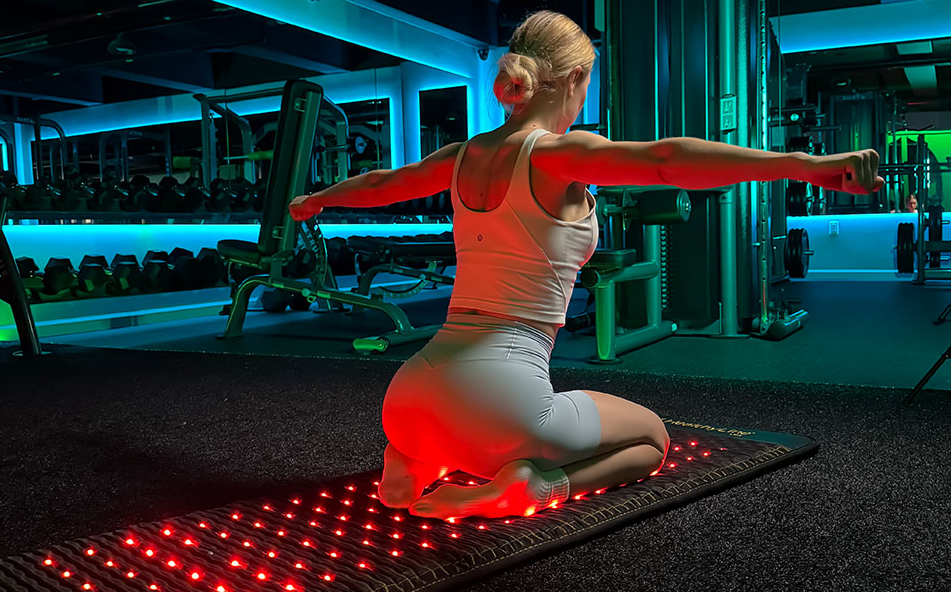
HealthyLine mats include Photon Light Therapy (660 nm) - (10% discount code: saunace10)
Red Light Therapy beyond the visible light
Red Light Therapy, often referred to as photobiomodulation [1], should not be mistaken for phototherapy [2], which is a light therapy that uses bright, ultraviolet lights. Photobiomodulation, a form of low-level light therapy, offers a wider range of applications, spanning medical settings where lasers are frequently used, as well as convenient home use with LED light devices.
RLT uses both visible red light and 'invisible' red light, harmonizing the beneficial red wavelengths that extend to 700 nm with the deeper, therapeutic potential of the near-infrared (NIR) spectrum, which extends from 700 nm to 1300 nm. Red light therapy uses NIR wavelenghts up to 850 nm.
It's crucial to understand that Red Light Therapy uses more than red light only - it incorporates a part of the near-infrared spectrum too.
This integration of NIR with Red Light Therapy represents a comprehensive health strategy that focuses not only on surface improvements, but also on healing and repair of deeper tissues. NIR light not only reaches the skin but is able to penetrate deeper into the subcutaneous tissue. This is due to the wave and particle-like properties of this wavelength, which are similar to the ripples that form in a pond after throwing a pebble.
Thanks to this unique property, NIR light can help restore muscle damage, and decrease inflammatory processes, and painful joints. This deeper effect of NIR accelerates the healing processes.
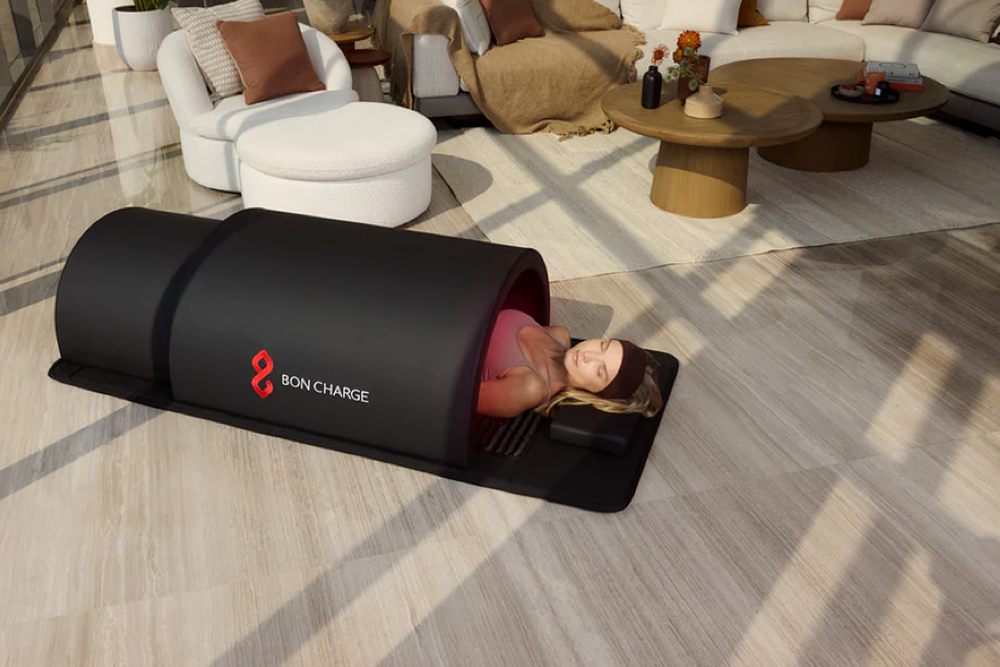
Bon Charge Sauna Dome includes Red Light Therapy - (15% discount BON CHARGE - use our link and code: SAUNACE15)
research into the RED LIGHT THERAPY BENEFITS
Red light therapy is emerging as a promising wellness tool, supported by a growing body of research highlighting its diverse health benefits. Our analysis of several recent studies reveals compelling evidence of its effectiveness in optimizing overall well-being.
SKIN HEALTH
Various studies indicate that exposure to red light can be good for the skin. The therapy improves texture, increases collagen production, reduces wrinkles, and overall rejuvenates.
For instance, research [3] using a red light mask revealed marked gains in wrinkle depth, skin firmness, and elasticity, indicating its potential for reversing signs of skin aging. Another systematic review [4] confirmed LED’s effectiveness acne treatment, invigorating skin texture, and revitalization, and highlights the specific benefits of different LED colors.
The third study [5] we'd like to mention, reviewed numerous studies on red and blue LED light therapy for acne, finding that these treatments effectively reduce symptoms.
The analysis revealed a positive effect on skin inflammation, and the reliability of LED therapy in achieving continuing results. This consistency shows the potential of LED therapy as an effective strategy for treating moderate to severe cases of acne.
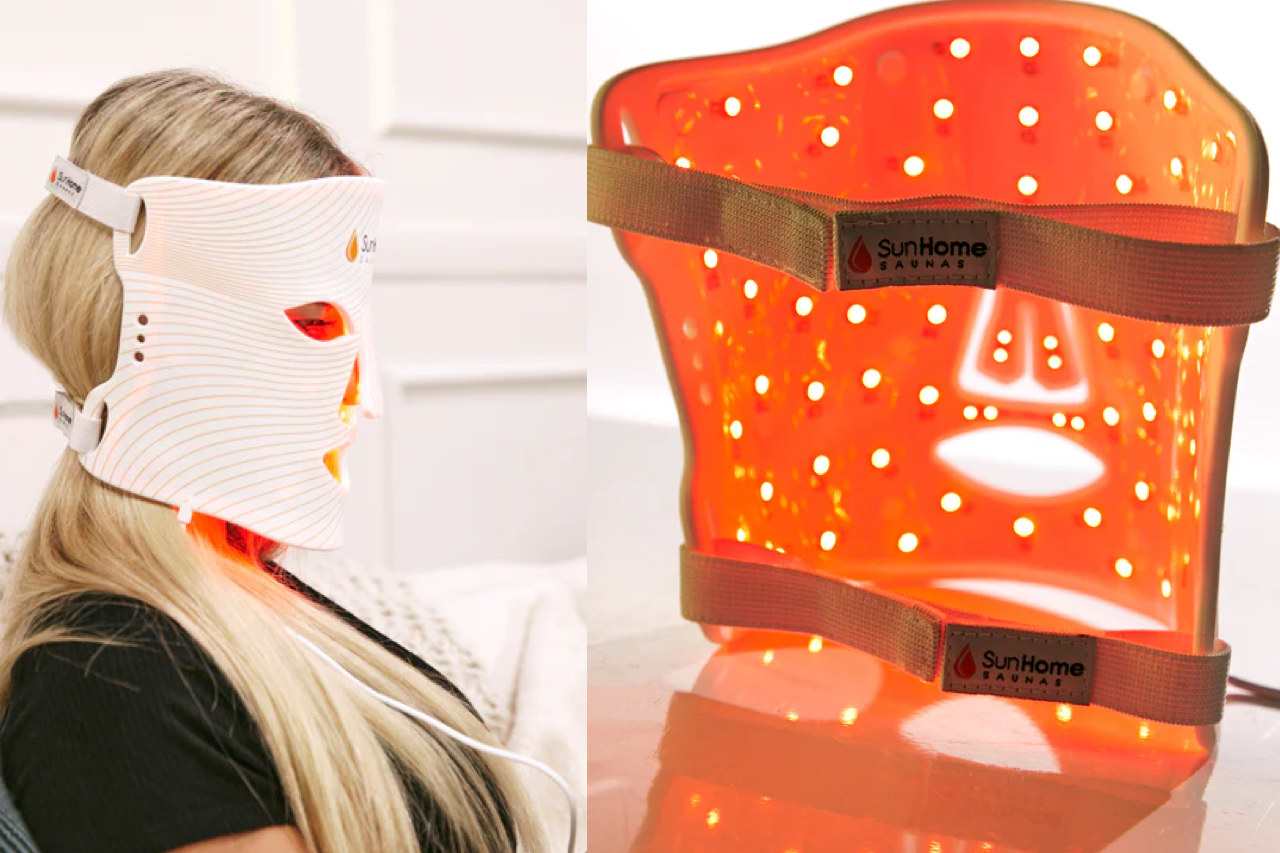
Sun Home Saunas offers many red light therapy products including a Red Light face mask
INFLAMMATION AND PAIN RELIEF
The impact of this therapy on inflammation and pain relief has been recognized since the 1960s. A re recent study [6] showcased its advantages for TMD patients, who reported fundamental pain reduction.
The same review notes also that LEDs have proven to be successful against herpes simplex and psoriasis lesions, often linked to inflammation. These outcomes reinforce Red Light Therapy's role as a non-invasive solution for managing pain and inflammation across various conditions.
SLEEP QUALITY
Remarkable were the findings in a study [7] which examined how red light affects the sleep and physical performance of elite female basketball players in China. The athletes were divided into two groups: one received RLT every night for two weeks, while the other group, serving as a control, did not receive any light treatment.
The researchers looked at the players' sleep quality, measured their melatonin levels (a hormone that regulates sleep), and tested their endurance through a 12-minute run before and after the two-week period.
The findings were noteable. The athletes who underwent RLT experienced better sleep, had higher levels of melatonin, and showed better endurance performance. There was also a noted link between better sleep quality and increased melatonin levels.
This suggests that Red Light Therapy could be a beneficial, drug-free, and non-invasive option to achive better sleep and performance in athletes, especially following intensive training sessions.
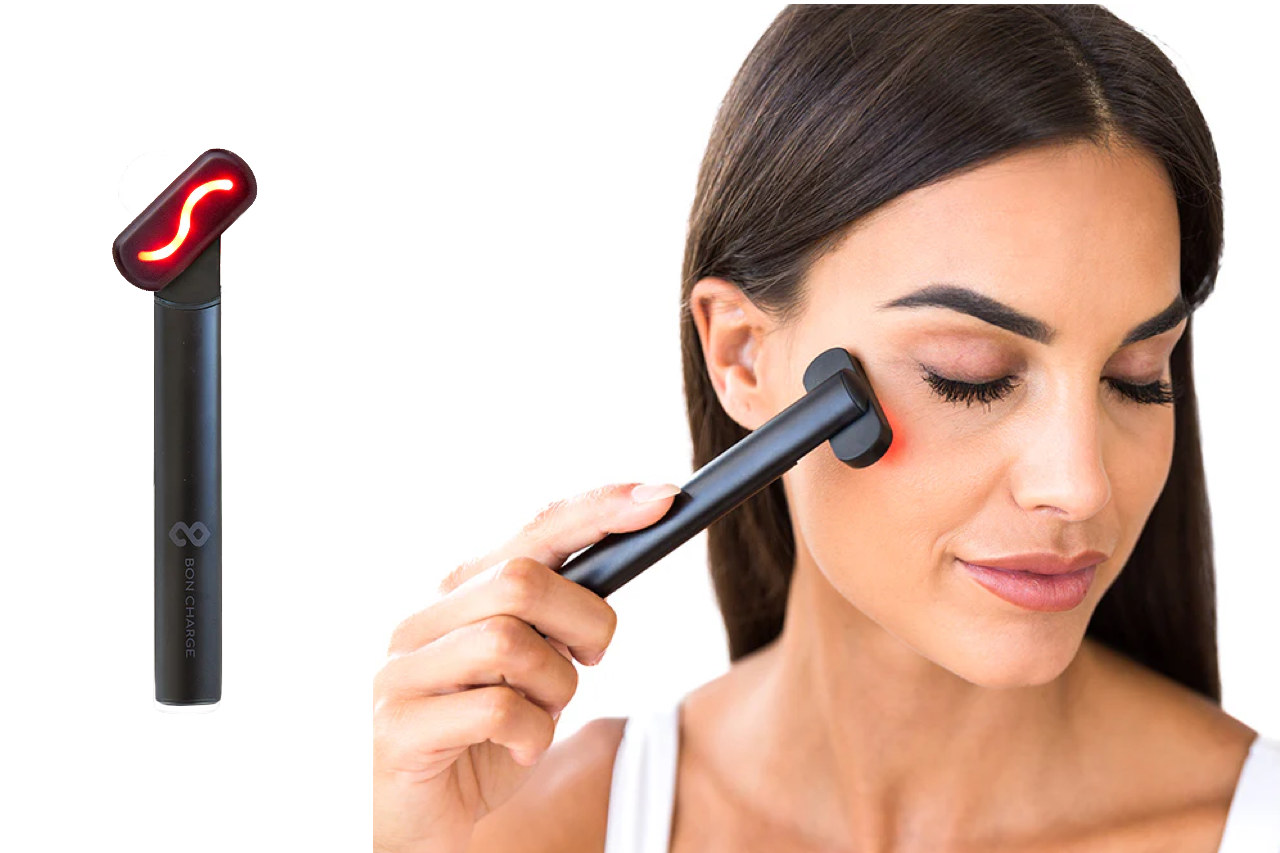
Bon Charge - Red Light Face Wand (15% BON CHARGE discount code: SAUNACE15)
MUSCLE RECOVERY
A review [8] into several studies on how photobiomodulation therapy can help muscles recover after exercise and bolster performance, showed promising results. The researchers have found that when athletes use RLT right before exercising, they can lift more, last longer, and recover quicker.
It's not just for top athletes; even people with lung problems like COPD have seen progress. There's also hope that this therapy could help slow down muscle diseases.
MOOD DISORDERS
Researchers [9] examined sixteen studies on the use of photobiomodulation therapy for treating mood disorders. The most commonly used parameters were infrared wavelengths ranging from 800 to 830 nm.
Overall, PBMT shows promise as a treatment option for mood disorders, particularly for moderate-grade major depressive disorder and anxiety disorder, but more research is necessary to fully understand its effectiveness for bipolar disorder.
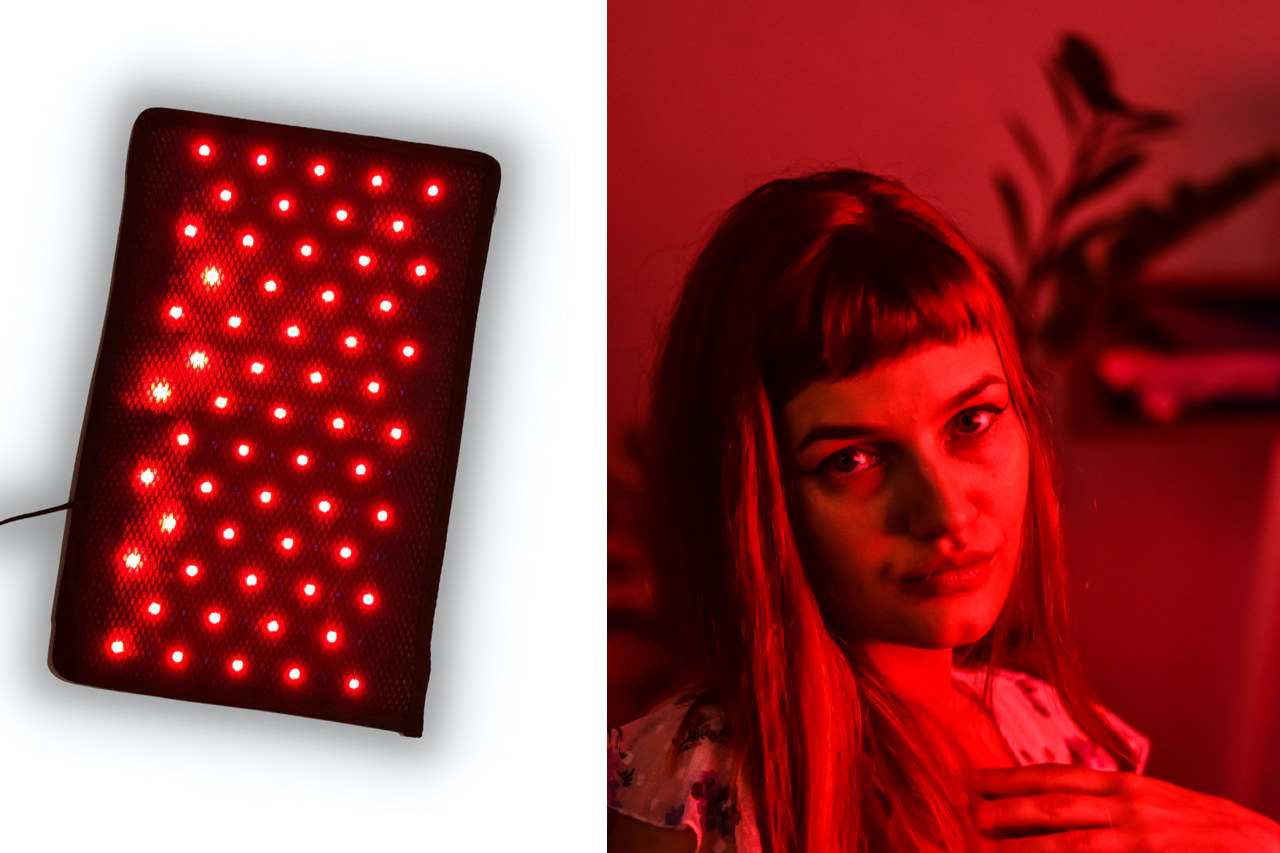
HAIR GROWTH
This study [10] presents evidence for the effectiveness of photobiomodulation therapy in hair loss, also known as low-level laser therapy [11], for treating hair loss, particularly androgenetic alopecia, which is the most common form of hair loss affecting a considerable portion of the population.
The review summarizes findings from various studies indicating that LLLT stimulates hair growth, even in conditions like chemotherapy-induced alopecia and alopecia areata. Controlled clinical trials have shown positive results in both men and women, suggesting that LLLT is a safe and effective treatment option for hair loss.
The main mechanism of action is believed to involve stimulating stem cells in the hair follicles and promoting the transition of follicles into the growth phase. However, further research is needed to determine the optimal parameters for LLLT, including wavelength, coherence, and dosage.
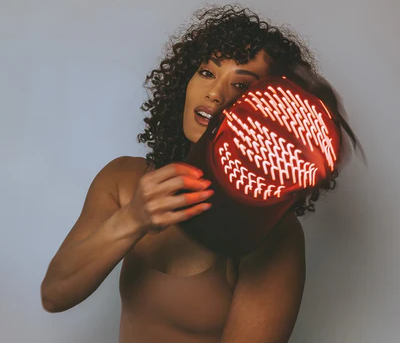
HigherDOSE Red Light Therapy Hat is just one of their many Red Light Therapy Solutions
Overall, the study suggests that LLLT holds promise as a non-invasive and potentially transformative therapy for addressing hair loss in both men and women.
A scientific paper on 'PMB for the management of hair loss' [12] looked at the broader application of photobiomodulation, including home-based treatment. Randomized trials have shown that this therapy is safe and may be effective alone or with standard therapies.
Devices come in various forms, like wearable caps or helmets, offering hands-free and discreet use. LED models are more affordable and don't require laser safety considerations, making them suitable for home use.
However, limitations include device cost, information bias risk, and lack of standardized protocols. Patients should manage expectations regarding therapeutic outcomes with any hair loss treatment.
In summary, this modality has a rich history that reveals many specific benefits. It shows a promise as a versatile wellness tool. With further research, Red Light Therapy could become a transformative method to holistic well-being.
Saunace is supported by its audience. When you purchase through links on our website, we may earn an affiliate commission. Learn more.
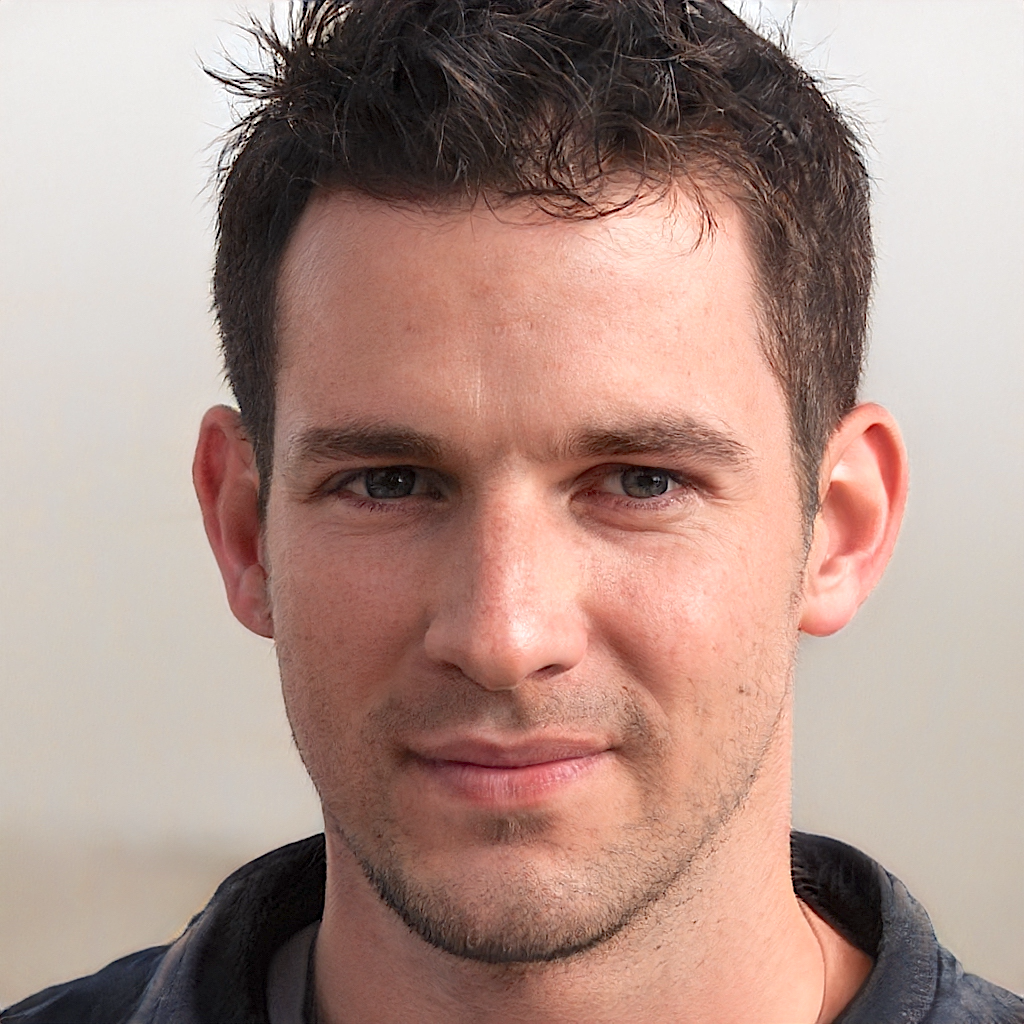
Sam Everhart
Curious for more? Discover additional therapeutic benefits related topics in the links below, and be sure to visit saunace.com for even more expert insights and detailed reviews.
References
1. Wikipedia, The Free Encyclopedia, Low-level laser therapy, https://en.wikipedia.org/wiki/Low-level_laser_therapy
2. Cleveland Clinic, Phototherapy (Light Therapy), https://my.clevelandclinic.org/health/treatments/24385-phototherapy-light-therapy
3. Couturaud V, et al., Reverse skin aging signs by red light photobiomodulation. Skin Res Technol, https://pubmed.ncbi.nlm.nih.gov/37522497/
4. Ngoc LTN et al., Utilization of light-emitting diodes for skin therapy: Systematic review and meta-analysis. Photodermatol Photoimmunol Photomed, https://pubmed.ncbi.nlm.nih.gov/36310510/
5. Barbaric J, Abbott R, Posadzki P, Car M, Gunn LH, Layton AM, Majeed A, Car J. Light therapies for acne. Cochrane Database Syst Rev, https://www.ncbi.nlm.nih.gov/pmc/articles/PMC6457763/
6. Al-Quisi AF etal., Efficacy of the LED Red Light Therapy in the Treatment of Temporomandibular Disorders: Double Blind Randomized Controlled Trial. Pain Res Treat., https://pubmed.ncbi.nlm.nih.gov/31205787/
7. Jiexiu Zhao et al., Red Light and the Sleep Quality and Endurance Performance of Chinese Female Basketball Players, Journal of Athletic Training, https://meridian.allenpress.com/jat/article/47/6/673/111318/Red-Light-and-the-Sleep-Quality-and-Endurance
8. Leal-Junior EC. Photobiomodulation therapy in skeletal muscle: from exercise performance to muscular dystrophies. Photomed Laser Surg., https://www.ncbi.nlm.nih.gov/pmc/articles/PMC4340643/
9. Montazeri K et al., Photobiomodulation therapy in mood disorders: a systematic review. Lasers Med Sci., https://pubmed.ncbi.nlm.nih.gov/36404359/
10. Avci P et al., Low-level laser (light) therapy (LLLT) for treatment of hair loss. Lasers Surg Med., https://www.ncbi.nlm.nih.gov/pmc/articles/PMC3944668/
11. Physiophedia, Low Level Laser Therapy, https://www.physio-pedia.com/Low_Level_Laser_Therapy
12. Hamblin MR. Photobiomodulation for the management of alopecia: mechanisms of action, patient selection and perspectives. Clin Cosmet Investig Dermatol., https://www.ncbi.nlm.nih.gov/pmc/articles/PMC6737896/
